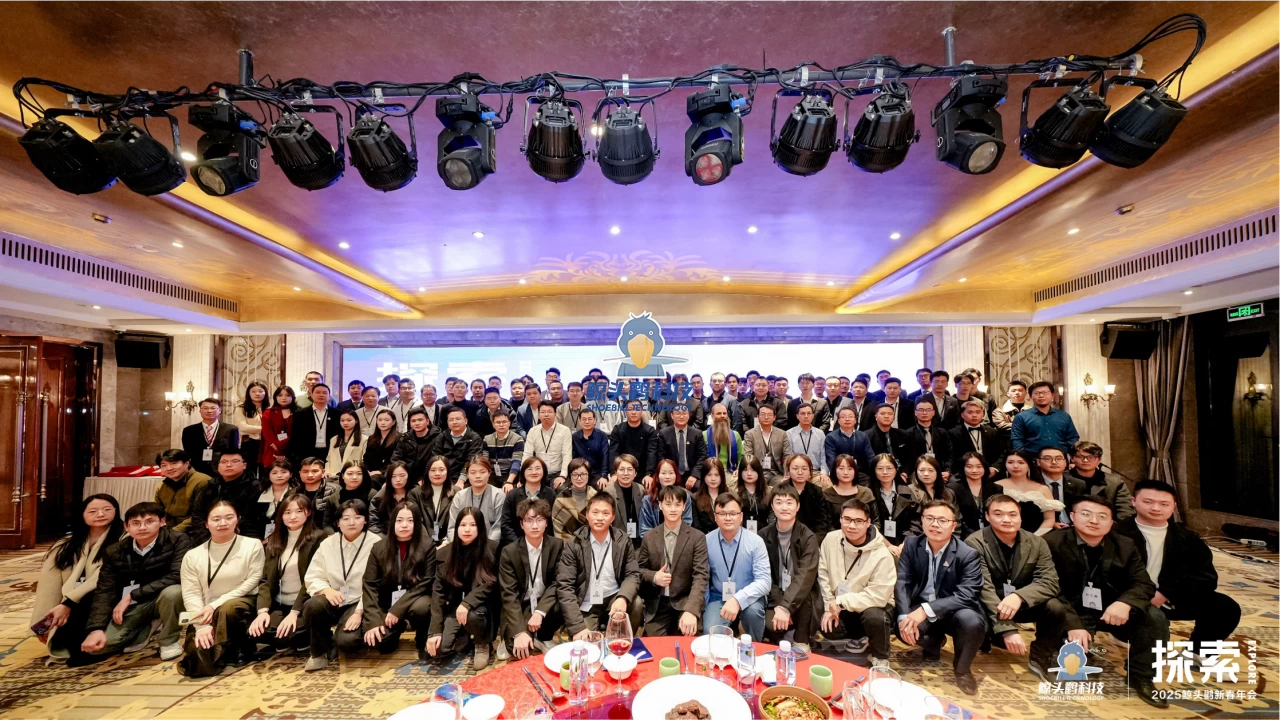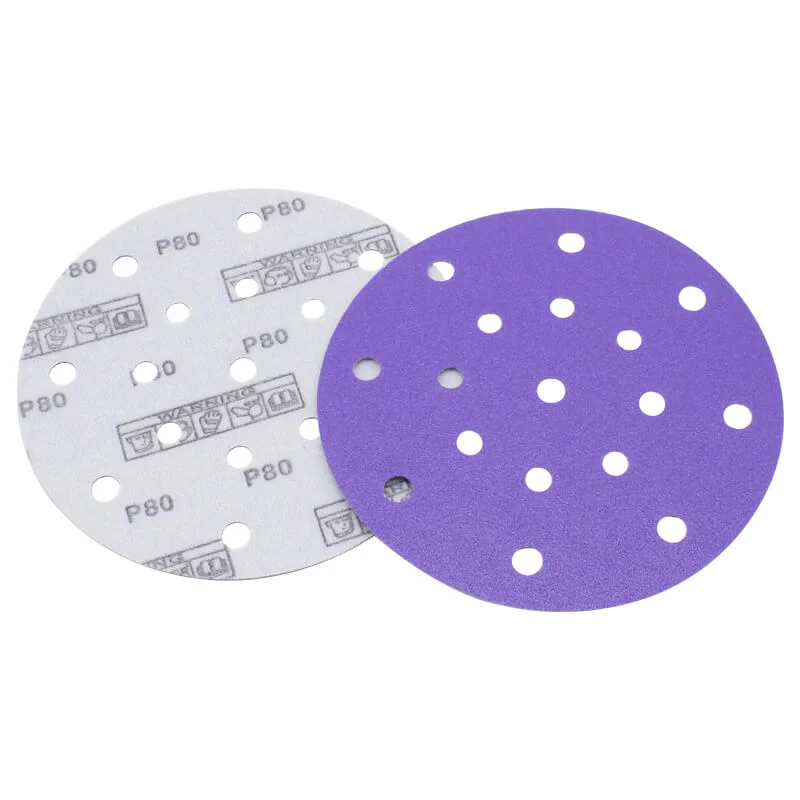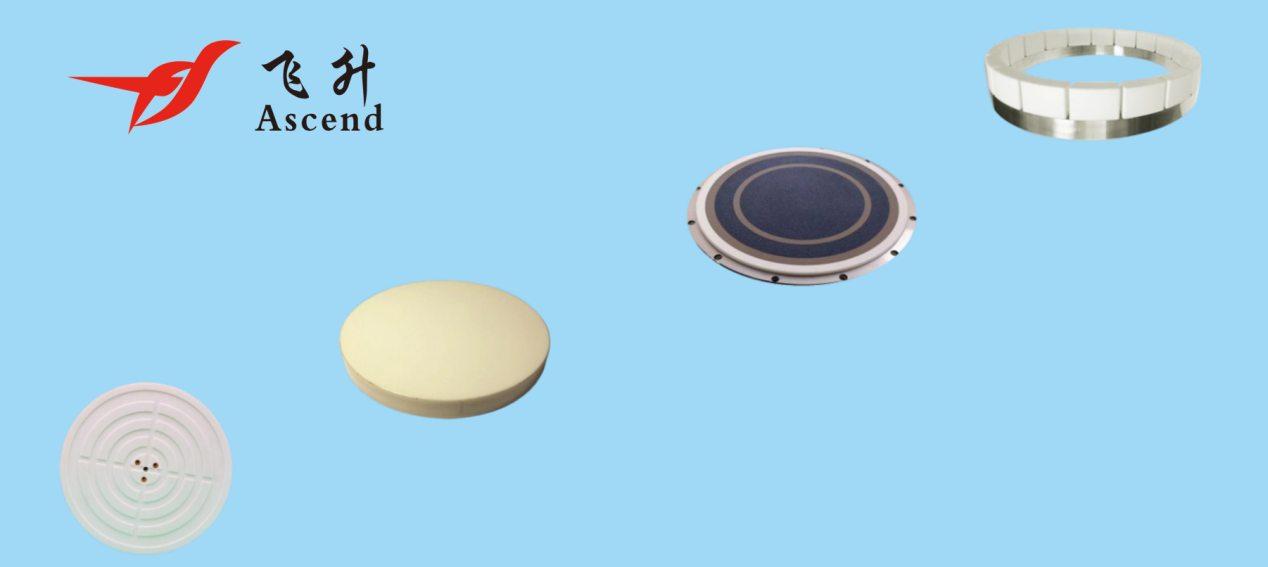In the world of business finance, the classification of office furniture can often lead to confusion. Is it merely an expense, or does it qualify as a depreciable asset? Understanding this distinction is crucial for accurate financial reporting, tax implications, and effective budgeting. In this article, we will delve into the nuances of office furniture classification, exploring its implications for businesses and providing practical insights for financial management.
Understanding the Basics: Expense vs. Depreciable Asset
At its core, the distinction between an expense and a depreciable asset lies in the duration of the benefit derived from the item. An expense is typically a cost incurred in the short term, while a depreciable asset provides value over a longer period.
- Expense: Office furniture can be classified as an expense when it is purchased for immediate use and its cost is fully deducted in the year of purchase. This approach is often adopted by small businesses or startups that may not have the capital to invest heavily in furniture. For instance, if a company buys a few desks and chairs for a temporary project, these costs may be treated as operational expenses.
- Depreciable Asset: Conversely, if the office furniture is expected to provide utility over several years, it should be classified as a depreciable asset. According to the IRS guidelines, furniture and fixtures typically have a useful life of seven years. This means that businesses can spread the cost of the furniture over its useful life, allowing for a more accurate representation of financial health and cash flow.
The Financial Implications of Classification
The classification of office furniture as either an expense or a depreciable asset has significant financial implications:
- Tax Deductions: If office furniture is treated as an expense, businesses can deduct the entire cost in the year of purchase, which can be beneficial for cash flow. However, this may not always be the most advantageous route, especially for larger purchases. On the other hand, depreciating the asset allows businesses to spread out the tax benefits over several years, which can lead to more stable financial reporting.
- Balance Sheet Impact: Classifying office furniture as a depreciable asset affects the balance sheet. Assets are recorded on the balance sheet, impacting the company’s net worth and financial ratios. This can be particularly important for businesses seeking loans or investments, as a strong balance sheet can enhance credibility with lenders.
- Cash Flow Management: Understanding the classification can aid in cash flow management. By recognizing the long-term nature of office furniture as a depreciable asset, businesses can better plan for future expenditures and allocate resources more effectively.
Best Practices for Businesses
To navigate the complexities of office furniture classification, businesses should consider the following best practices:
- Consult with Financial Advisors: Engaging with accountants or financial advisors can provide clarity on the best approach for your specific situation. They can help assess the expected useful life of the furniture and its impact on financial statements.
- Maintain Accurate Records: Keeping detailed records of all furniture purchases, including invoices and depreciation schedules, is essential. This documentation will support your classification decisions and ensure compliance with tax regulations.
- Evaluate the Impact on Financial Statements: Regularly review how the classification of office furniture affects your financial statements. This evaluation can help in making informed decisions regarding future purchases and financial strategies.
- Consider Section 179 Deduction: Under Section 179 of the IRS tax code, businesses can deduct the full purchase price of qualifying equipment, including office furniture, in the year it is placed in service, up to a certain limit. This can be a beneficial option for businesses looking to maximize their tax deductions.
Conclusion
In conclusion, the classification of office furniture as either an expense or a depreciable asset is not merely an accounting technicality; it has real implications for financial health, tax strategy, and cash flow management. By understanding the nuances of this classification, businesses can make informed decisions that align with their financial goals. Whether opting for immediate expense deductions or long-term depreciation strategies, the key lies in aligning the classification with the expected utility of the furniture and the overall financial strategy of the business. As with many financial decisions, consulting with professionals and maintaining accurate records will pave the way for sound financial management and growth.





